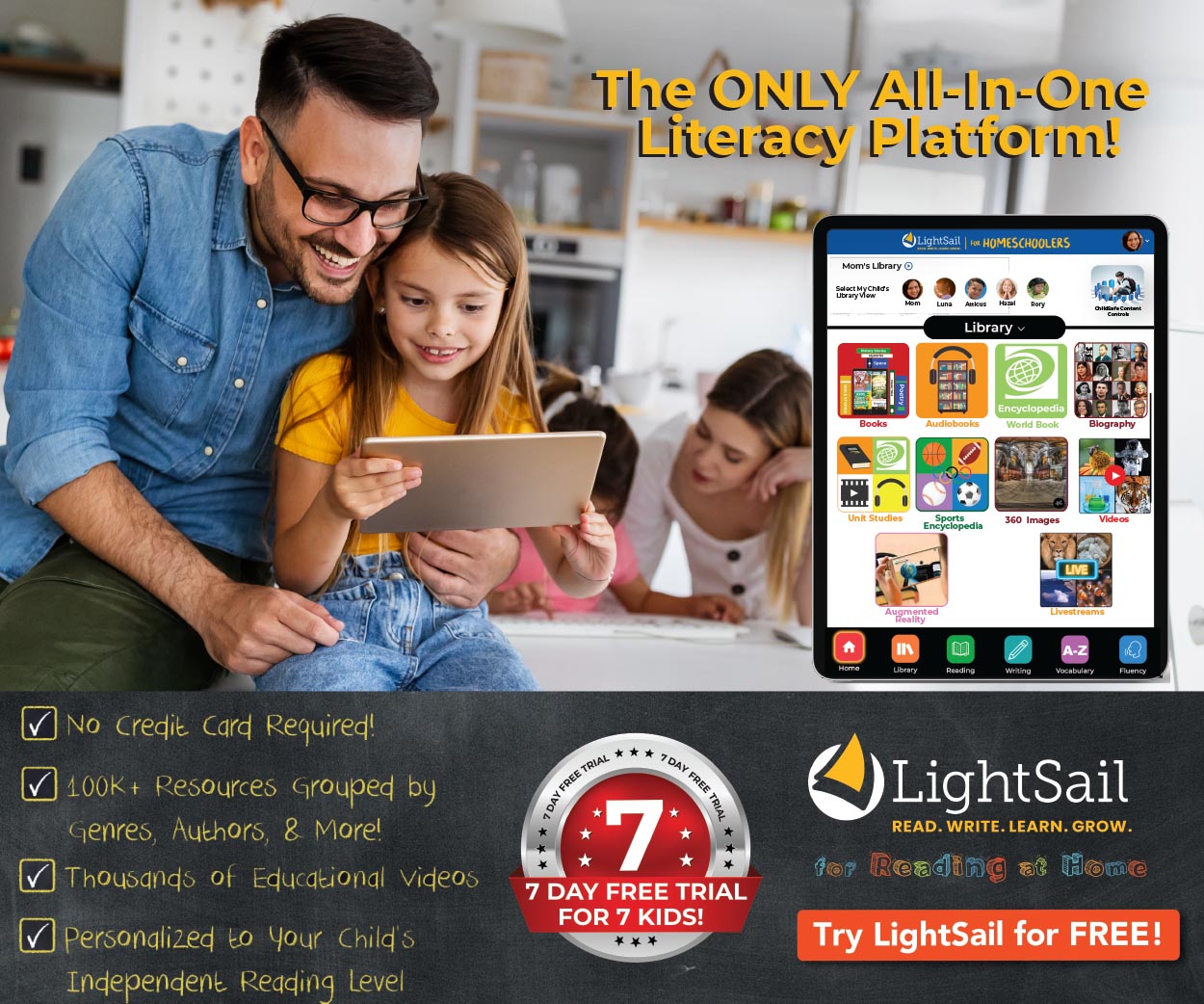
Recognizing words on the page and saying them aloud is a critical early step to reading. However, anyone who has listened to the staccato, robotic-sounding translation of written words into spoken words realizes that fluency and expression bring richness and depth to reading. Comprehension and reading enjoyment blossom when a child can express the written word with the proper speed, fluency, intonation, and inflection. Whether your child reads with incredible speed yet doesn’t comprehend the text, or is doggedly plugging along word-by-word without grasping the meaning, working on fluency makes reading more fun and impactful.
Check out these tips for improving reading fluency at home:
1. Read Aloud to Your Child
The best way for a child to learn fluency is by hearing it. Spend time snuggled up reading books your child will enjoy aloud. Don’t be afraid to be a bit of an actor—whisper during moments of quiet dialogue, laugh when delivering humorous lines, use inflection to demonstrate mood as you read. Listening to audiobooks also allows your child to hear phrasing, intonation, and expression.
2. Track Words as You Read
Draw your finger along the line of text as you read to demonstrate the relationship between the words on the page and the words you read aloud. Ask your child to do the same while reading to you. As your child improves in speed, the words may begin to flow together in a regular speech pattern, rather than just being read as disjointed, unrelated words.
3. Read Aloud Simultaneously with Your Child
Your child might be intimidated by stumbling through words while you look on. Instead, engage in reading together simultaneously—also called choral reading. Reading simultaneously takes the focus off your child and places it on the page. As you read together, your child can imitate the rise and fall of your voice.
4. Spend Time on Sight Words
If sight words—words that must be memorized rather than sounded out—are tripping up your child, consider making sight word flashcards. You may be able to recognize the words your child finds tricky. An internet search can also provide lists of sight words, or take some tips from our blog on sight words for emergent readers. You and your child can make a game of working with flashcards. For example, one game may involve pairing sight words that rhyme with each other.
5. Provide a Non-Intimidating Audience
Reading aloud helps build fluency, but it might also feel intimidating to inexperienced readers. Your child may feel safe reading to Grandma or Grandpa. If even this idea seems scary, have the child read to a pet or an audience of stuffed toys.
LightSail for Reading at Home uses Lexile® Reader Measures to determine your child’s just-right reading level for fluency and comprehension. Books within your child’s Lexile® range reinforce the skills they have already mastered while offering additional vocabulary words and concepts to keep them growing.


Posted on 10.Oct.21 in Reading at Home Tips









